A novel technique with potential applications for fields such as droplet chemistry and photochemistry has been demonstrated by an Osaka Metropolitan University-led research group.
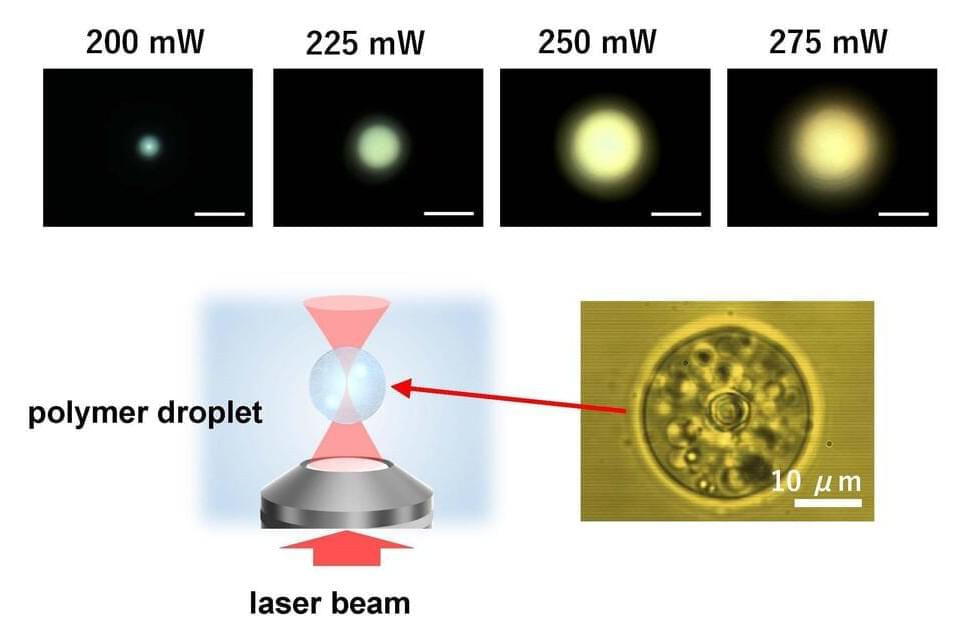

Does proton decay exist and how do we search for it? This is what a recently submitted study to the arXiv preprint server hopes to address as a team of international researchers investigate a concept of using samples from the moon to search for evidence of proton decay, which remains a hypothetical type of particle decay that has yet to be observed and continues to elude particle physicists.
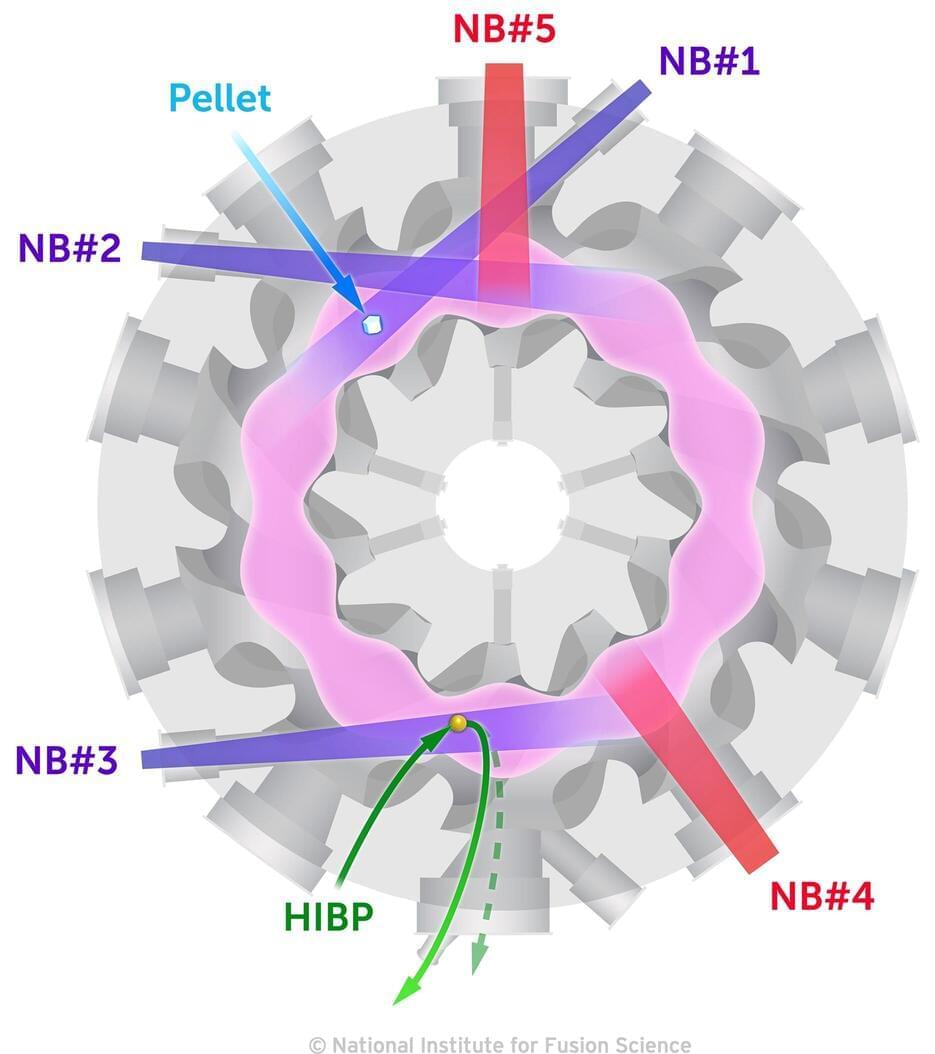
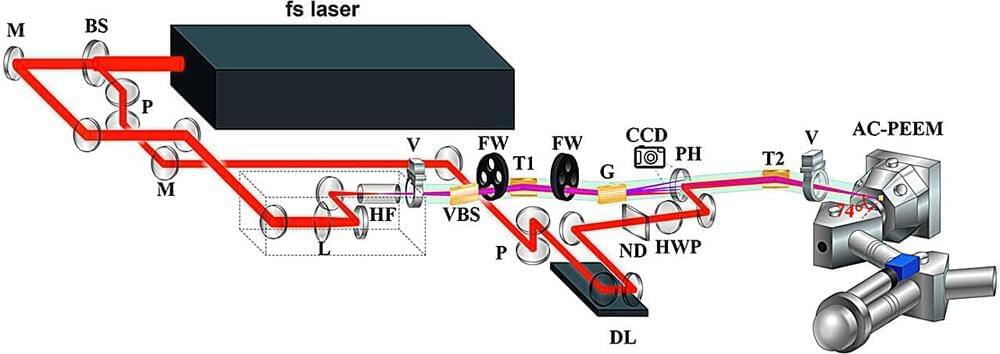
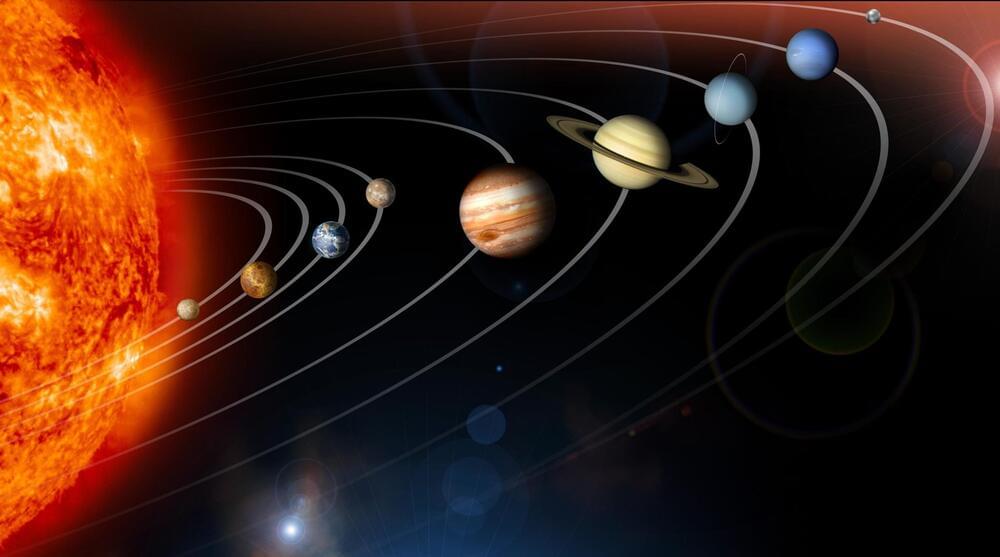
Researchers from the University of Leicester have linked the shift of the Solar System’s giant planets 60–100 million years after its formation to the creation of the Moon.
They combined simulations, meteorite analysis, and observations to trace these movements, suggesting that this shift influenced the development and habitability of the Solar System.
Uncovering the Solar System’s Past.

Hydrogen offers significant potential as both a chemical and energy carrier for decarbonizing society. Unlike traditional fuels, using hydrogen does not produce carbon dioxide. However, most hydrogen currently produced derives from methane, a fossil fuel, through a process called methane reforming, which unfortunately emits a considerable amount of carbon dioxide. Consequently, developing scalable alternatives for producing green hydrogen is essential.
Water electrolysis offers a path to generate green hydrogen which can be powered by renewables and clean electricity. This process needs cathode and anode catalysts to accelerate the otherwise inefficient reactions of water splitting and recombination into hydrogen and oxygen, respectively. From its early discovery in the late 18th century, the water electrolysis has matured into different technologies. One of the most promising implementations of water electrolysis is the proton-exchange-membrane (PEM), which can produce green hydrogen by combining high rates and high energy efficiency.

Physicists have demonstrated quantum entanglement in top quarks and their antimatter partners, a discovery made at CERN. This finding extends the behavior of entangled particles to distances beyond the reach of light-speed communication and opens new avenues for exploring quantum mechanics at high energies.
An experiment by a group of physicists led by University of Rochester physics professor Regina Demina has produced a significant result related to quantum entanglement—an effect that Albert Einstein called “spooky action at a distance.”
Entanglement concerns the coordinated behavior of minuscule particles that have interacted but then moved apart. Measuring properties—like position or momentum or spin—of one of the separated pair of particles instantaneously changes the results of the other particle, no matter how far the second particle has drifted from its twin. In effect, the state of one entangled particle, or qubit, is inseparable from the other.

“SoftBank was founded for what purpose? For what purpose was Masa Son born? It may sound strange, but I think I was born to realize ASI. I am super serious about it.” — Masayoshi Son.
SoftBank CEO Masayoshi Son laid out his vision for artifical super intelligence, or ASI, that he said would be 10,000 times smarter than humans.

Nearly all the neural networks that power modern artificial intelligence tools such as ChatGPT are based on a 1960s-era computational model of a living neuron. A new model developed at the Flatiron Institute’s Center for Computational Neuroscience (CCN) suggests that this decades-old approximation doesn’t capture all the computational abilities that real neurons possess and that this older model is potentially holding back AI development.
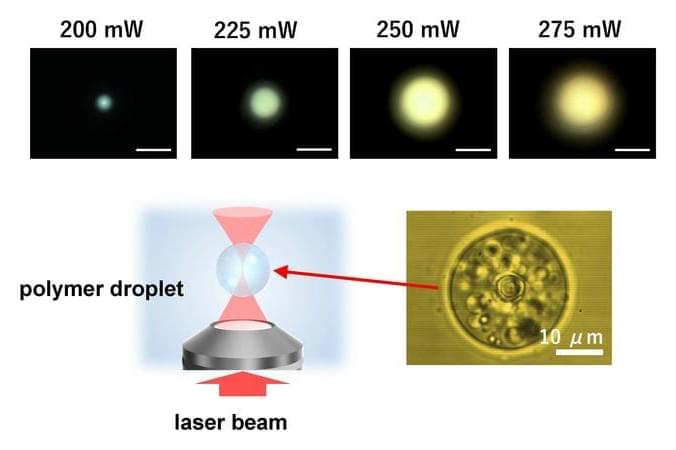
A novel technique with potential applications for fields such as droplet chemistry and photochemistry has been demonstrated by an Osaka Metropolitan University-led research group.
The findings were published in Advanced Optical Materials (“Förster Resonance Energy Transfer Control by Means of an Optical Force”).
Professor Yasuyuki Tsuboi of the Graduate School of Science and the team investigated Förster resonance energy transfer (FRET), a phenomenon seen in photosynthesis and other natural processes where a donor molecule in an excited state transfers energy to an acceptor molecule.